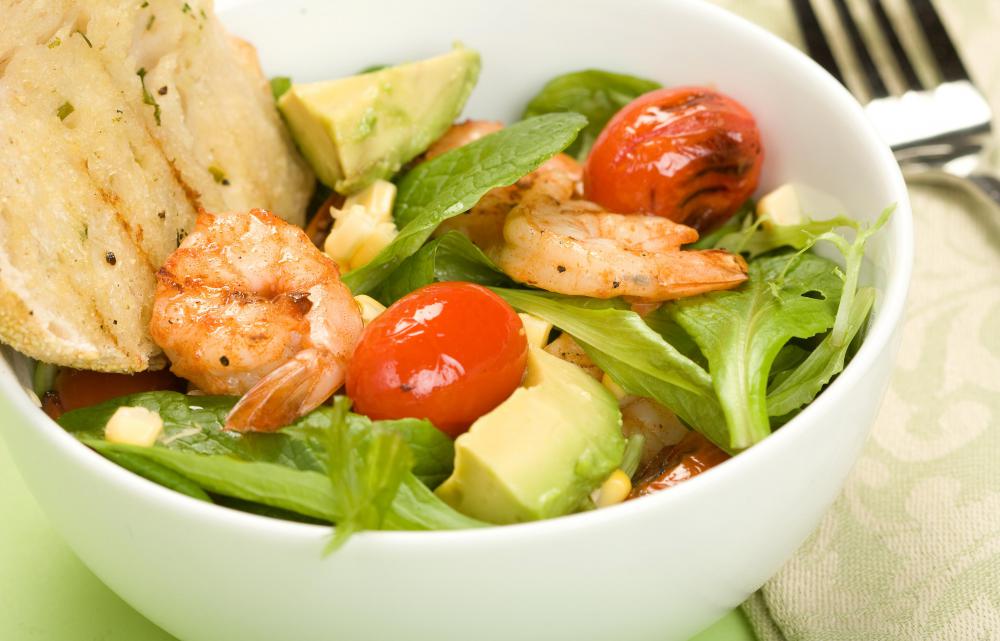At WiseGEEK, we're committed to delivering accurate, trustworthy information. Our expert-authored content is rigorously fact-checked and sourced from credible authorities. Discover how we uphold the highest standards in providing you with reliable knowledge.
What is Winter Cress?
Winter cress is the common name for the plant genus Barbarea that belongs to the Brassicaceae, or mustard, family. Some of the members of this family are familiar vegetables called cole crops, such as broccoli, cauliflower and cabbage. This genus has 22 species and is generally biennial, meaning it matures and grows flowers every two years. One of its more popular species is the Barbarea vulgaris, a perennial that is more commonly known as Yellow Rockets, Bitter cress or Upland Cress. Winter Cress is typically found in wide open fields and is native to the Northern Hemisphere, southern Europe and Asia.
These plants grow up to a height of 2 feet (about 0.61 meters). They have smooth, dark green, lobed basal leaves that grow up to 6 inches (about 15 centimeters) long and 2.5 inches (about 6.35 centimeters) wide with a rosette or a layered whorl form. Leaves typically form by March, together with the first appearance of green flower bud clusters that look similar to broccoli. The bright yellow, 4-petaled flowers bloom from April to August.

A few of its species are used as an herb or chopped up and added to salads and soups to provide a spicy, slightly bitter taste. They usually are best lightly boiled, to take away some of the bitter taste. Winter cress is said to be high in vitamin C, Vitamin A and antioxidants. It is also said that bitter tea made from winter cress can improve appetite, cure coughs and purify the blood. In Europe, Herba Barbaraea, a medical substance derived from the yellow rocket, is sometimes used to treat wounds.

Winter cress is sometimes cultivated as an ornamental plant, as it can be a very attractive for garden landscaping or as a potted plant for the patio. It generally prefers to grow in the full sun, but can tolerate light shade. Propagation is done from both direct seeding and seedlings in moist, well-drained and sandy or loamy soil. The best time for direct seeding usually is during the late summer so the leaves and flower buds can be harvested in winter or early spring, when they are tasty with a mustard sweet undertone.

These plants are considered a pesky weed — called spring mustard — in North America, but can be controlled by plowing or mowing in spring. The plants also can contain toxins and contaminates, including herbicides and pesticides from the soil. Gardeners should be cautious when harvesting the leaves and flowers to make spices for salad or soup.
AS FEATURED ON:
AS FEATURED ON:













Discuss this Article
Post your comments